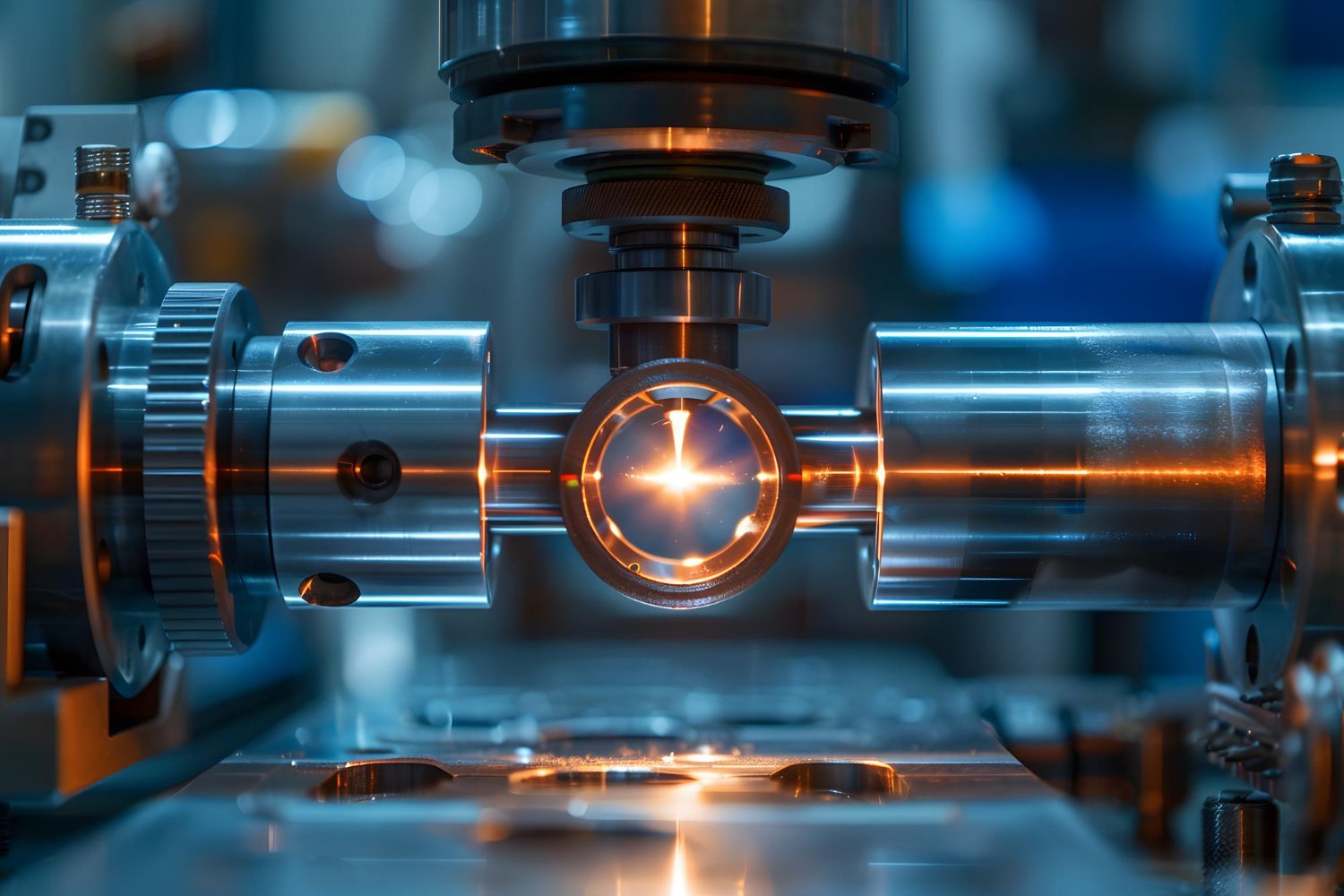
In the intricate world of precision engineering, the measurement of fine-pitch gears holds paramount importance. These tiny yet essential components are ubiquitous in various industries, from automotive to aerospace, playing critical roles in the functionality and performance of machinery.
However, ensuring the accuracy and reliability of gear measurement presents formidable challenges, particularly when dealing with high-precision, fine-pitch gear artefacts. Traditional calibration methods often struggle to address the complexities inherent in these miniature components, leading to inaccuracies and inefficiencies in measurement systems.

The Quest for Precision
Precision measurement instruments are indispensable tools for guaranteeing the quality and performance of gears. From verifying geometric features to assessing error characteristics, these instruments play a pivotal role in ensuring that gears meet stringent standards for accuracy and reliability.
However, when it comes to fine-pitch gears, conventional calibration methods face inherent limitations, stemming from the intricate geometries and minute dimensions of these components. As a result, achieving precise measurements poses a significant challenge, hindering advancements in gear manufacturing and quality control.
Challenges of Traditional Calibration Methods
Traditional calibration methods rely heavily on physical artefacts, such as master gears and helical artifacts, to verify the accuracy and functionality of measurement instruments. While these artefacts have been effective in calibrating standard gear measurement systems, they often fall short when applied to fine-pitch gears.
The intricate surfaces and small dimensions of fine-pitch gears render them unsuitable for traditional calibration methods, leading to inaccuracies and uncertainties in measurement results. Moreover, the high cost and limited availability of precision artefacts further exacerbate the challenges associated with traditional calibration processes, impeding progress in gear measurement technology.
Enter Virtual Gear Artefacts
Recognizing the limitations of traditional calibration methods, researchers have turned to virtual gear artefacts as a novel solution for fine-pitch gear measurement. Virtual gear artefacts leverage advanced mathematical modeling techniques to simulate the geometric features, error characteristics, and image edge properties of real-world gear artefacts.
By accurately replicating the behaviour of physical artefacts in a virtual environment, these digital replicas offer a cost-effective and accessible alternative to traditional calibration standards.
Advantages of Virtual Artefact Calibration
The adoption of virtual gear artefacts represents a paradigm shift in the field of gear measurement, offering several distinct advantages over traditional calibration methods. Firstly, virtual artefacts eliminate the need for costly and cumbersome physical standards, reducing the overall cost and complexity of calibration processes.
Secondly, virtual artefacts provide unparalleled flexibility and scalability, allowing for easy customization and adaptation to diverse measurement scenarios. Additionally, virtual artefacts enable precise control over error characteristics and measurement conditions, facilitating comprehensive performance evaluation of measurement instruments.
Addressing the Challenges
By addressing the challenges associated with traditional calibration methods, virtual gear artefacts offer a promising solution for ensuring the accuracy and reliability of gear vision measurement systems. These digital replicas provide researchers and engineers with a powerful tool for optimizing measurement processes, improving measurement accuracy, and enhancing overall system performance.
Moreover, virtual artefacts enable seamless integration with advanced data analysis techniques, such as machine learning and artificial intelligence, further enhancing the capabilities of gear measurement systems.
Implementation and Validation
The implementation of virtual gear artefacts in real-world measurement systems has already yielded promising results. Experimental studies have demonstrated the efficacy and accuracy of virtual artefact calibration methods, showcasing their potential to revolutionize the field of gear measurement.
By validating virtual artefacts against established calibration standards and comparing measurement results, researchers have confirmed their reliability and suitability for a wide range of applications.
Future Directions
As virtual gear artefacts continue to gain traction in the field of gear measurement, future research efforts will focus on further refining and optimizing calibration techniques. Advanced mathematical models and simulation algorithms will be developed to enhance the fidelity and realism of virtual artefacts, ensuring their accuracy and reliability across diverse measurement scenarios.
Moreover, efforts will be made to standardize virtual artefact calibration methods and establish best practices for their implementation, facilitating widespread adoption and integration into industrial measurement processes.
The adoption of virtual gear artefacts represents a significant advancement in fine-pitch gear measurement. By overcoming the limitations of traditional calibration methods, virtual artefacts offer a promising solution for ensuring the accuracy and reliability of gear vision measurement systems. As researchers continue to refine and optimize virtual artefact calibration techniques, the future of gear measurement promises to be more precise, efficient, and reliable than ever before.